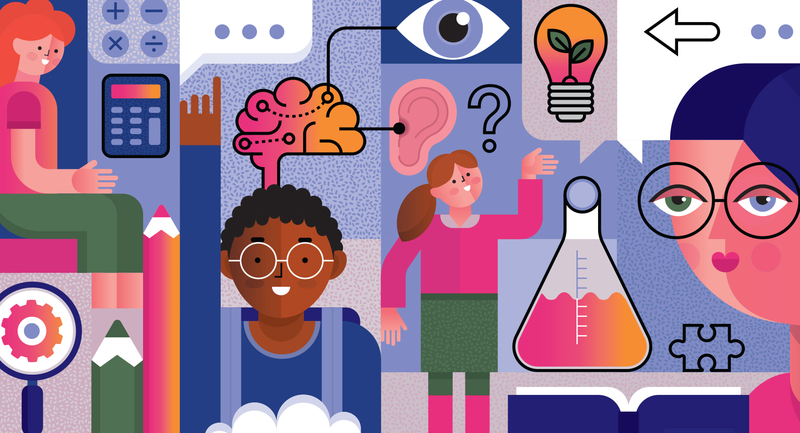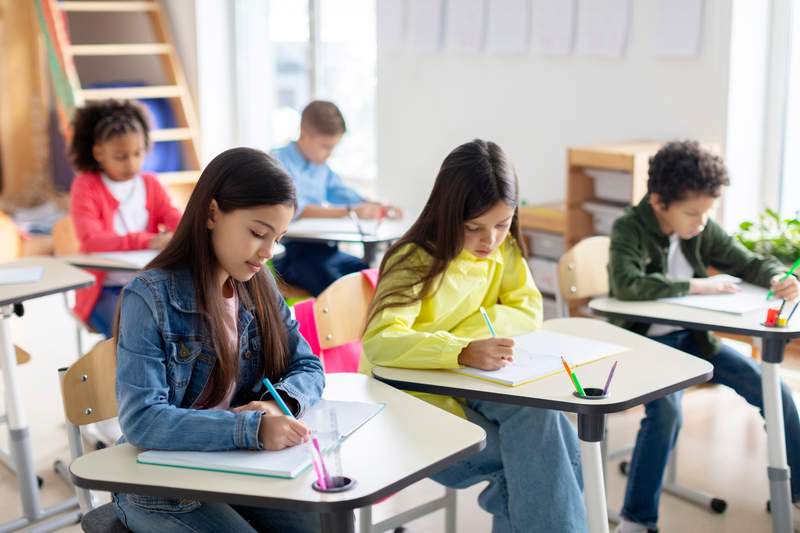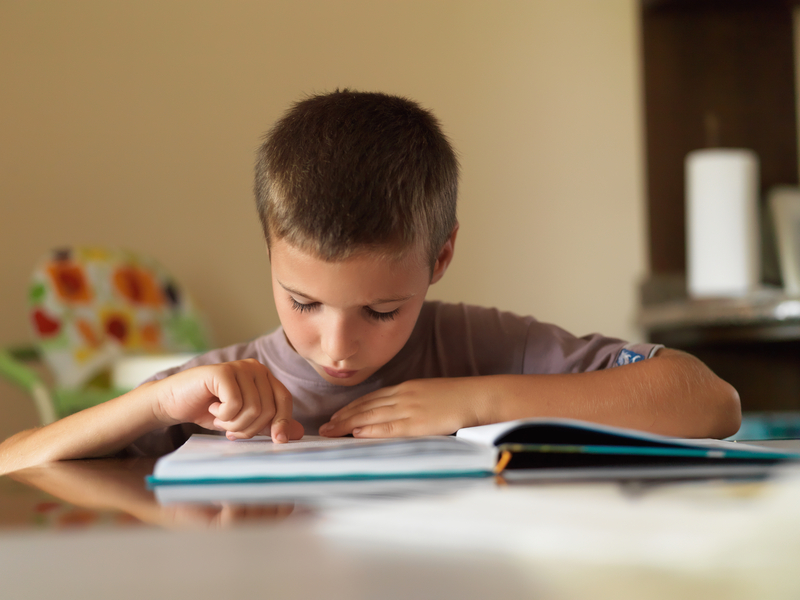The number of students in our classrooms who have experienced trauma is steadily increasing: 67.5 percent of children have experienced or witnessed at least one form of violence, crime, or abuse within the prior year, with 50 percent experiencing more than one exposure (National Dropout Prevention Center, 2018). These traumatic incidents take a toll. Data from the U.S. Centers for Disease Control and Prevention show that teen suicide rates are the highest they have been since World War II. Marc Brackett, director at the Yale Center for Emotional Intelligence, reports that approximately one in five U.S. children suffers from depression and/or anxiety. In his book Permission to Feel, Brackett adds, "For many children, school might be the only place any of these issues are recognized or addressed." This is a heavy lift for many teachers who may already feel overwhelmed by the multitude of responsibilities inherent in a profession dedicated to growing learners. But supporting the mental health of our students isn't about adding to educators' already heaping plates. Rather, it requires that we take a closer look at what we're already doing in our classrooms and schools through the lens of empathy.
An Antidote to Shame
In her book I Thought It Was Just Me (but it isn't), Brené Brown defines empathy as "the skill or ability to tap into our own experiences in order to connect with an experience someone is relating." Brown convincingly asserts that empathy is the antidote to shame, a point that is particularly salient for our students experiencing trauma.
Students who experience trauma are often more susceptible to shame. The effects of cumulative shameful experiences can lead to the chronic and epidemic issues we see students facing today: anxiety, depression, and suicide ideation. For humans to build shame resilience, they must be met with empathy, not additional shaming.
Educators cannot control the shame that students experience outside of school (e.g., from their family, on social media). Neither is there an empirical way to identify which students have experienced shame and at what level nor a way of knowing how students react to shame. For the sake of meeting all student needs, we must practice empathetic instruction, including lesson planning, choosing texts, and giving continual feedback. Without empathetic instructional practices, educators run the high risk of unintentionally shaming students and compounding their already fragile mental state.
Kellie's Story
During a workshop I facilitated last summer, I met Kellie, an instructional coach who shared a school experience that highlights why instruction requires an empathetic lens. When Kellie was a senior in high school, her English class received an assignment to write a eulogy. The timing was uncanny for Kellie because her grandmother had passed away two weeks earlier. Kellie delivered the eulogy at her funeral. She turned in the actual eulogy she gave for her grandmother, feeling proud. That was, until she received her grade, a C-. She felt shocked, ashamed, and hurt. After composing herself, Kellie got up the courage to ask her teacher why she had received such a low score. Kellie's teacher said, "Your eulogy didn't speak to me." "I delivered that eulogy two weeks ago at my grandmother's funeral, and it certainly resonated with her family and friends," Kellie said. "Well," said her teacher. "It didn't resonate with me." The grade stuck.
Kellie was devastated, but also savvy. She was also taking a course at her local community college and turned in that same eulogy to her college professor. This time, she received an A. Kellie learned two things from the experience: (1) Grades can be arbitrary and subjective, and (2) students' feelings are not always considered in school. She doubts either of these items were her high school teacher's actual learning intentions.
Start with Teacher Clarity
If Kellie's teacher had used research-based, high-impact instructional strategies, she likely would never have given the eulogy assignment. According to John Hattie's research, "teacher clarity" yields student growth on assignments. Teacher clarity starts with learning standards. No learning standard anywhere requires students to write a eulogy. Several standards, however, require students to write narratives to develop real or imagined experiences or events using effective techniques, well-chosen details, and well-structured event sequences.
Students like Kellie can have a clearer path to success and a lot more options for getting there (and avoid subjective treatments and shaming) if educators
Align assignments to the standards.
Communicate clear learning intentions (what students are expected to learn and master).
Communicate success criteria (what learning and mastery look like, often indicated in a single-point or traditional rubric).
Provide feedback along the way.
Teacher clarity allows teachers to focus on the learning (in this case, an assignment that requires students to convey emotion through writing) rather than the doing (e.g., writing a eulogy). Focusing on learning rather than on doing automatically reduces the chances students may be inadvertently shamed by a learning experience. Additionally, planning instruction this way allows for differentiation and student choice for the final product. Teachers can offer a list of product options that students can choose from to demonstrate the success criteria for narrative writing learning intentions (e.g., a letter of recommendation, wedding vows, an acceptance speech) rather than simply assigning students a eulogy.
Face It, Then Replace It
We all make mistakes. Kellie's teacher is no different. Part of empathy is seeing someone else's perspective, owning your part in mistakes, and being compassionate and vulnerable to others and yourself. Kellie's teacher couldn't go back in time and change the assignment, but she could have changed her response. "Oh, Kellie, I'm sorry to hear about your grandmother's passing. I'm also sorry that I wasn't more sensitive to your current situation with this assignment. Let's not worry about your grade right now. Instead, please tell me a little bit more about your grandmother."
My goal for all teachers is one of enlightenment, not criticism. We need not be shamed if an empathetic lens for instruction pushes us to retool or retire lessons or practices (see sidebar for some ideas). Rather, in the words of Maya Angelou, "Do the best you can until you know better. When you know better, do better." For our students, we can always do better.









